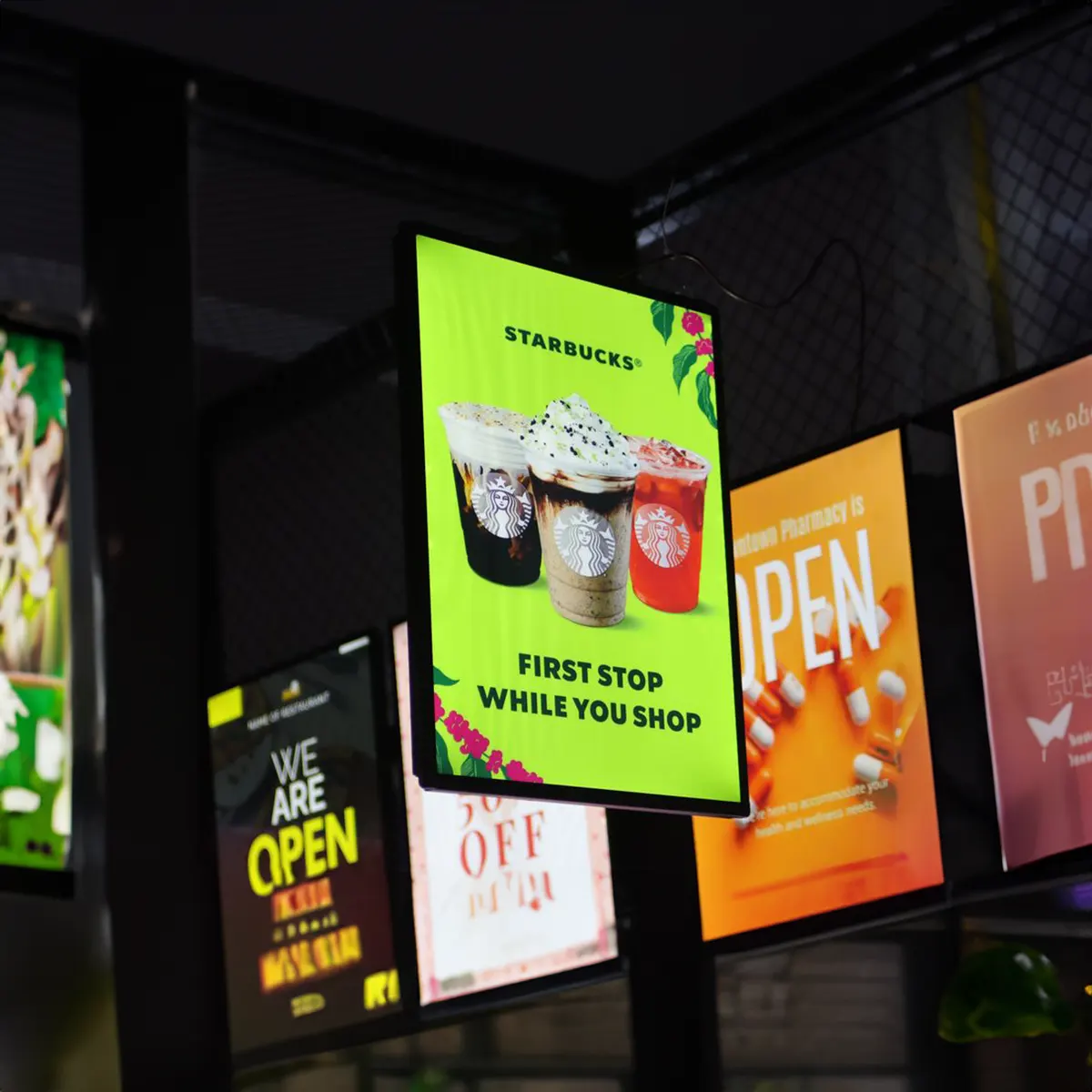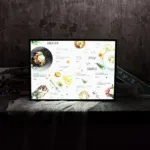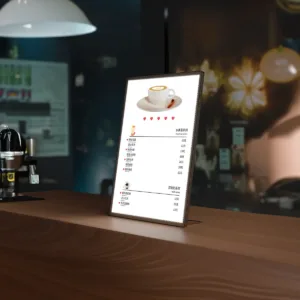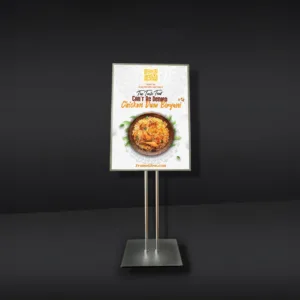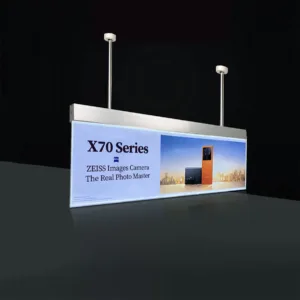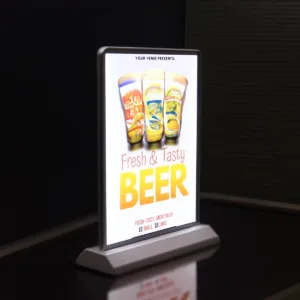Table of Contents
Introduction
The evolution of lighting technology presents a clear choice between the energy consumption and efficiency of LED and traditional incandescent bulbs. This comparison is not just academic; it has real-world implications for sustainability, cost savings, and environmental stewardship.
The Rise of Slim LED Lightboxes in Retail Displays
Slim LED lightboxes, celebrated for their even illumination and low energy consumption, underscore the advancements in LED technology. Their popularity in retail showcases the broader acceptance and benefits of LEDs in various applications.
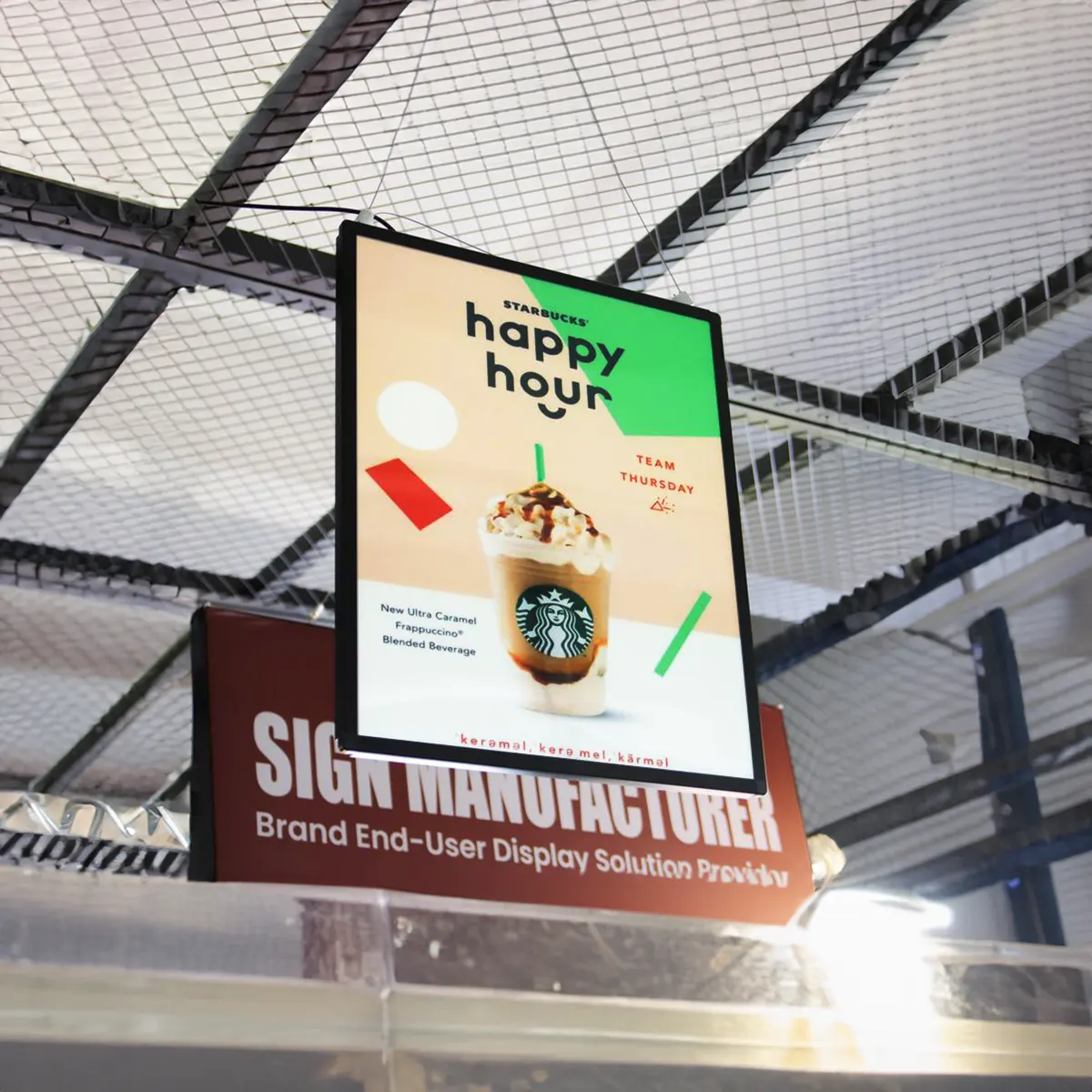 Enhance your environment with energy-efficient lighting from Thin Profile Light Box
Enhance your environment with energy-efficient lighting from Thin Profile Light Box
Understanding Lighting Efficiency
Efficiency in lighting is measured by lumens per watt (lm/W), indicating how well a light source converts electricity into visible light. This metric is pivotal in distinguishing the energy consumption profiles of different lighting technologies.
Incandescent Bulbs: Energy Consumption and Inefficiency
Incandescent bulbs, while traditional, are markedly inefficient:
- They convert less than 5% of the energy they consume into visible light, with the rest lost as heat.
- Their luminous efficacy is significantly lower compared to LEDs, leading to higher energy costs for equivalent brightness.
LED Bulbs: Improved Energy Efficiency
LED bulbs represent a leap forward in lighting efficiency:
- LEDs consume up to 90% less energy than incandescent bulbs for the same light output.
- The higher lumens per watt of LEDs translate into lower electricity bills and a smaller carbon footprint.
Cost Savings and Long-Term Benefits
The shift to LED lighting is financially savvy, offering:
- Substantial reductions in energy costs due to lower consumption.
- A longer lifespan, which means fewer replacements and further savings over time.
Environmental Impact Comparison
Choosing LED over incandescent lighting has a profound environmental impact:
- LEDs significantly reduce greenhouse gas emissions associated with electricity production.
- The durability and recyclability of LEDs contribute to less waste and a lower environmental footprint.
Lighting Quality and Aesthetics
LEDs excel in providing high-quality, versatile lighting:
- They offer a wide range of color temperatures and better color rendering, enhancing the visual appeal of spaces.
- LEDs are compatible with modern dimming systems, allowing for customizable lighting schemes.
Adoption Trends and Market Shift
The market is rapidly moving towards LEDs, driven by:
- The growing affordability and variety of LED options.
- Policy incentives and regulations encouraging energy-efficient lighting solutions.
Conclusion
LEDs outperform incandescent bulbs across all critical aspects: energy efficiency, cost-effectiveness, environmental impact, and lighting quality. This transition not only saves money but also aligns with global sustainability goals. Consumers and businesses are encouraged to adopt LED lighting, leveraging the advancements in technology for a brighter, greener future.
Discover how FrameGlow’s innovative LED solutions can transform your space while saving energy.
Enhance your environment with energy-efficient lighting from FrameGlow. Explore Led Lights Frame today.
Related Articles:
- Comparing LED Lightboxes with Emerging Display TechnologiesIntroduction The display technology landscape is rapidly evolving, presenting a wealth of options beyond traditional LED… Read more: Comparing LED Lightboxes with Emerging Display Technologies
- The Evolution of LED Lightbox Technology Over the Last DecadeIntroduction Over the past decade, LED lightbox technology has undergone significant transformation, driven by advancements in… Read more: The Evolution of LED Lightbox Technology Over the Last Decade
- Preventative Maintenance Schedule for LED LightboxesIntroduction Maintaining your LED lightboxes is crucial to ensure their longevity and optimal performance. This guide… Read more: Preventative Maintenance Schedule for LED Lightboxes

